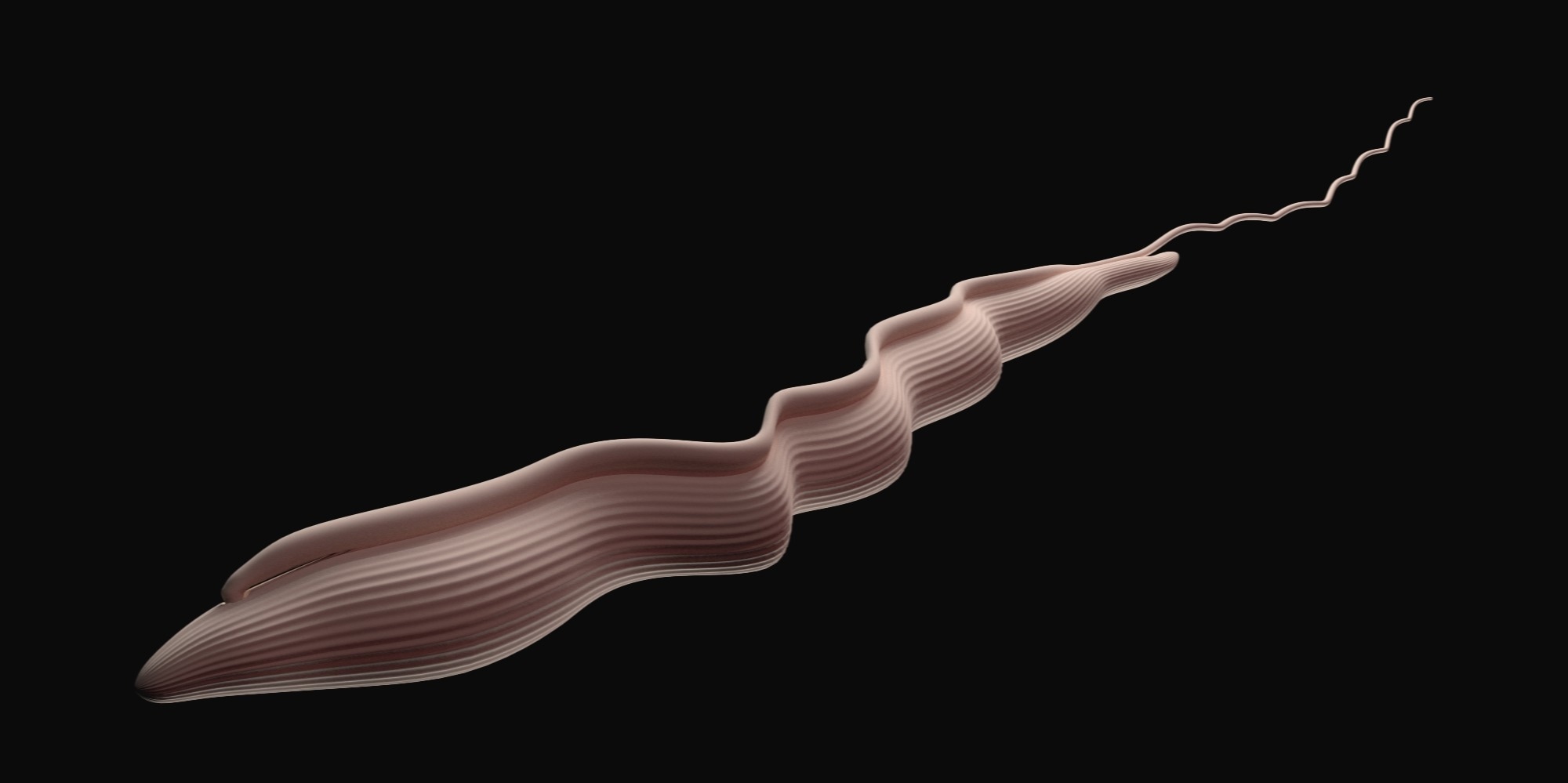In a recent study published in Nature Microbiology, researchers investigate whether infection with the Trypanosoma brucei (T. brucei) parasite, the causal agent of African trypanosomiasis, induces weight loss by colonizing adipose tissue (AT).
 Study: Adipocyte lipolysis protects mice against Trypanosoma brucei infection. Image Credit: fotovpal / Shutterstock.com
Study: Adipocyte lipolysis protects mice against Trypanosoma brucei infection. Image Credit: fotovpal / Shutterstock.com
Background
African trypanosomiasis, which affects both animals and humans, is a progressive wasting disease. During this infection, the rapid growth of T. brucei in the AT, especially gonadal AT, the largest visceral AT depot, causes progressive weight loss.
The molecular mechanism regulating African trypanosomiasis-induced AT weight loss is a disturbance in the balance between adipocyte lipogenesis (anabolism) and lipolysis (catabolism) that occurs within the adipocytes' lipid droplets.
The increased lipid catabolism during African trypanosomiasis leads to the degradation of triacylglycerol (TAG), which is subsequently hydrolyzed into diacylglycerol and monoacylglycerol by hormone-sensitive lipase, adipose triglyceride lipase (ATGL), and monoacylglycerol lipase. Glycerol molecules and free fatty acids (FFAs) are subsequently released into the interstitial spaces of AT and eventually into the circulatory system.
Adipocyte lipolysis is regulated by various inflammatory molecules, such as tumor necrosis factor (TNF-α), sympathetic factors like norepinephrine, hormones, and bacterial products like lipopolysaccharides (LPS). The adequate regulation of adipocyte lipolysis is crucial for maintaining energy homeostasis, especially during fasting and other periods of energy loss. Importantly, altered adipocyte lipolysis can promote insulin resistance (IR), cancer-associated cachexia, and hepatic steatosis.
About the study
In the present study, researchers infected mice with pleomorphic T. brucei and collected their gonadal AT at different time points post-infection for histological analyses. Infected gonadal AT was cultured ex vivo to quantify FFAs and glycerol release.
Chemically sympathectomizing mice treated with 6-hydroxydopamine (6-OHDA), a dopamine analog, prevented norepinephrine release from the nerve terminals of sympathetic neurons. This allowed the researchers to investigate whether sympathetic innervation contributed to T. brucei-induced fat loss.
The researchers also subjected the mice to periods of fasting followed by re-feeding or paired-feeding. In the fasting and re-feeding setup, mice were not fed for seven hours during peak activity and then subsequently fed for two hours prior to being euthanized.
Study findings
Progressive weight loss of gonadal AT of T. brucei-infected mice was observed. More specifically, on days 10, 16, and 30 post-infection, 30%, 54% and 65% weight loss, respectively, was recorded. Likewise, adipocyte lipid droplet area reduced by 44%, 54%, and 65% on days 10, 16 and 30 post-infection, respectively.
Increased FFA release on days six and nine post-infection was also observed. However, FFA release decreased by day 16 post-infection, which was partially due to the induction of normalization bias when AT became protein-rich as lipid stores depleted and immune infiltration continued.
Glycerol release increased by days six and nine post-infection but remained the same by day 16 post-infection. The differences observed between FFA and glycerol release may be attributed to glycerol secretion by the parasite, particularly when exposed to hypoxic conditions.
Following stimulation of AT explants with forskolin, a lipolysis inducer, no release of lipolytic products was observed as compared to non-infected control tissues. This observation indicates that T. brucei likely induces atrophy of AT that cannot be rescued to pre-infection levels.
Changes in sympathetic tone induced by 6-OHDA treatment did not cause fat mass loss during T. brucei infection.
In the feeding/re-feeding experimental setup, infected mice exhibited higher adipocyte lipolysis than non-infected controls. This observation indicates that T. brucei infection-induced hypophagia did not induce adipocyte lipolysis.
When mice lacking ATGL were infected with T. brucei, significantly lower secretion of FFAs and glycerol was observed as compared to wild-type mice. Thus, ATGL appears to be essential for the increased lipolysis rates observed during T. brucei infection; however, both ATGL-dependent and ATGL-independent mechanisms were found to contribute to fat loss during infection.
By days nine, 16, and 30 post-infection, interstitial concentrations of FFAs were reduced by 57%, 71%, and 54%, respectively. Furthermore, T. brucei infection reduced C14:0, C16:0, and C16:1 FFA levels by 52%, 20%, and 56%, respectively, whereas C18:0 and C18:1 levels increased by 40%. C18:2, an FFA in the interstitial AT space, was the only FFA found to be selectively toxic to T. brucei.
Conclusions
During T. brucei infection, the shrinkage of adipocytes appears to be dependent upon ATGL lipolysis. Although other lipid-based pathways may contribute to fat wasting during T. brucei infection, ATGL appears to be an essential aspect of adipocyte lipolysis.
The current study examined the role of FFAs during T. brucei infection; however, future studies are needed to better understand the role of glycerol during this disease. Likewise, additional studies are required in order to elucidate the physiological implications of ATGL-mediated lipolysis during T. brucei infection.
Journal reference:
- Machado, H., Hofer, P., Zechner, R., et al. (2023). Adipocyte lipolysis protects mice against Trypanosoma brucei infection. Nature Microbiology; 1-13. doi:10.1038/s41564-023-01496-7